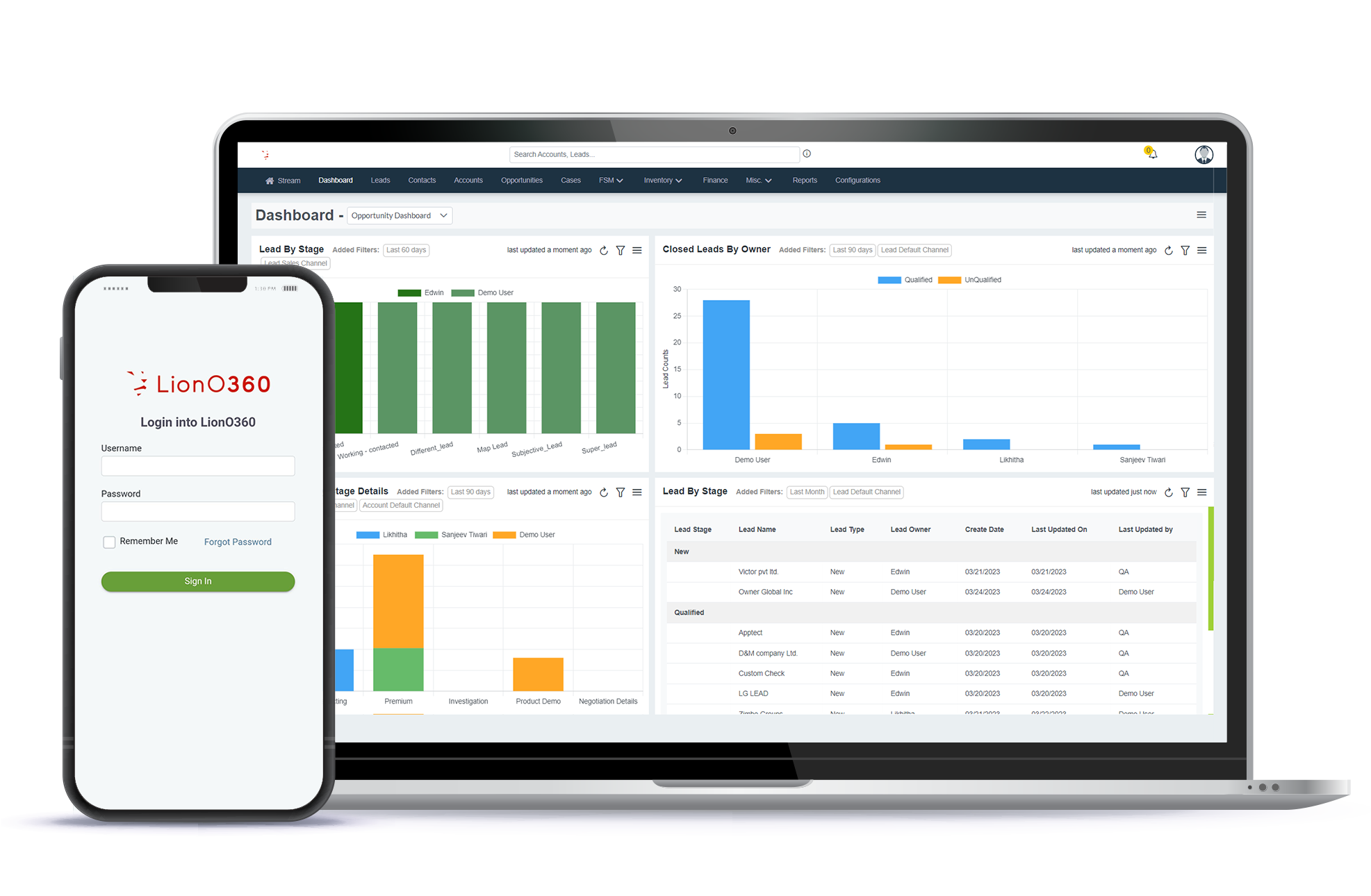
Every successful service-based business need technology that can monitor its field teams. Companies face increasing pressure while striving to maintain exceptional customer service. 89% of clients prefer modern, on-demand technology for scheduling technicians, and many are willing to pay more for it.
One of the standard issues for every field service is the increasing cost of the operation process. Fuel expenses, vehicle maintenance, overtime payments, and inefficient scheduling can quickly increase operational costs.
There are two primary methods for managing it: route and territory optimization. It involves strategically assigning territories, balancing workloads, considering traffic patterns, and ensuring that technicians arrive at the right place at the right time.
When implemented correctly, this practice allows businesses to minimize travel time, cut down fuel usage, and increase the number of daily service calls.
This blog represents an overview of reducing field operation costs by optimizing route and territory management.
What is Route Management?
Route management is the planning and organizing delivery and transportation routes process. The goal is to make these routes more efficient, save costs on fuel and labor, and ensure tasks are completed on time.
Benefits of Route Optimization
Adopting a territory and route optimization strategy brings measurable results for field service businesses. Below are some of the most valuable benefits:
Reduced Field Costs
One of the most advantages is the cost-cutting of fuel and vehicle wear and tear. Optimized routes help technicians avoid unnecessary detours, resulting in fewer miles driven and lower fuel consumption.
Better Time Management
Technicians spend less time on the road and more time attending to customer needs. This efficiency increases the number of jobs completed in a day without requiring additional workforce.
Higher Customer Satisfaction
When service representatives arrive on time and resolve issues quickly, customers notice.
Improved Workforce Productivity
Territory planning ensures that workloads are distributed fairly among technicians. No employee is overburdened, and no region is neglected. Balanced assignments increase morale and efficiency.
How Route Optimization Improves Field Operations
Field operations frequently struggle with inefficiencies resulting from outdated scheduling methods or manual planning. Route optimization software eliminates guesswork and enables informed decision-making, directly impacting business outcomes.
- Modern tools consider service priorities, technician skills, and geographic location when creating schedules. This ensures that the right technician is assigned to the right task, reducing costly delays.
- Unexpected changes are inevitable, such as traffic jams, last-minute cancellations, or emergency service requests. Route optimization tools allow managers to make real-time adjustments and reassign technicians as needed.
- Customers appreciate knowing exactly when to expect a technician. Optimized routing produces accurate estimated arrival times, which increases transparency and enhances customer trust.
- With efficient planning, the chances of double-booking or missing appointments are significantly reduced. This leads to higher reliability and fewer customer complaints.
- By eliminating wasted travel time, businesses can increase the number of jobs handled daily. This boosts revenue without raising labor costs.
What is Territory Management?
Territory management involves defining, structuring, and managing the designated geographic territories or customer segments that a sales or servicing team will cover. With effective territory management in place, sales or service reps will only cover specific markets, accounts, or regions, which prevents overlaps, redundancies, or inefficiencies.
Mapping out territories is a foundational step within territory management because it allows your business to make more informed resource additions, compute workloads, and maximize your firm's coverage of customers. Territory management matters significantly in industries rich in sales, distribution, or field services because those are all tied closely to location and customer segmentation.
Benefits of Territory Management
So, what are the main benefits?
- By concentrating on a specific area, sales teams can develop relationships and maximize opportunities within their territory.
- Businesses can measure performance by territory, recognize trends, and make decisions on resource allocation.
- Effective territory planning reduces unnecessary travel, operational inefficiencies, and resource wastage.
- Since each territory has defined ownership, performance tracking and accountability become more transparent.
Key Features of Territory and Route Optimization
Here are the features of sales territory and route optimization that reveals its value. That makes it a worthwhile investment for enhancing efficiency and productivity! Let's talk more:
- Real-Time Tracking: Monitors field teams on the road, providing managers with visibility into current progress and potential delays.
- Traffic and Weather Considerations: Accounts for external factors such as live traffic updates and weather conditions to plan realistic routes.
- Performance Analytics: Provides insights into fuel usage, travel time, job completion rates, and other KPIs to measure efficiency improvements.
- Mobile Integration: Equips field agents with mobile apps that display assigned routes, navigation support, and real-time updates.
Why LionO360 is the Best FSM Provider

Many field service management solutions are available, but LionOBytes is known for its comprehensive and user-friendly platform. Designed to meet the unique needs of service businesses, LionO360 integrates territory and route optimization into a broader system that covers customer management, inventory control, and field operations.
LionOBytes offers:
Territory Planning: Businesses can assign technicians to specific regions based on workload, proximity, and skill set.
Route Optimization Efficiently: Automated route planning reduces travel time and ensures maximum service efficiency.
Real-Time Visibility: Managers gain live tracking capabilities to monitor field teams, respond to changes, and update customers with accurate ETAs.
Cost Savings: By reducing unnecessary travel and improving scheduling efficiency, LionO360 helps organizations cut field service costs without compromising quality.
Companies seeking to enhance field operations and lower costs will discover LionO360 as an all-in-one solution that streamlines processes while equipping field teams with the necessary tools to succeed. Book your free FSM demo now!
Also Read: Real-Time Territory Management FSM Benefits
Frequently Asked Questions
1. What is geofencing in field service management?
Geofencing in FSM uses GPS technology to create virtual boundaries around job sites. When technicians enter or leave these areas, the system automatically records their movements for improved tracking and accountability.
2. What is route optimization in field service management?
Route optimization in field service management is the process of creating the most efficient routes for technicians by considering factors such as location, traffic, and service priorities. It helps reduce travel time, fuel costs, and missed appointments.
3. How does territory management benefit field operations?
Territory management ensures fair distribution of workload across technicians and regions. It improves coverage, prevents overburdening of staff, and guarantees timely service for customers.
4. Can route optimization help reduce costs significantly?
Yes. By cutting down unnecessary travel, minimizing fuel consumption, and enabling more jobs per day, route optimization directly lowers operational costs. Businesses often see quick returns on investment.
5. Why should I choose LionO360 for field service management?
LionO360 provides an integrated platform with route optimization, customer management, inventory tracking, and real-time field visibility. It helps businesses reduce costs, improve service quality, and operate more efficiently.












